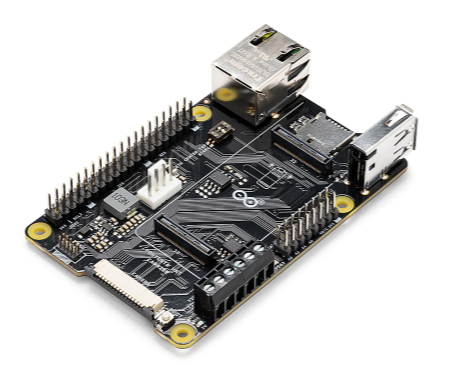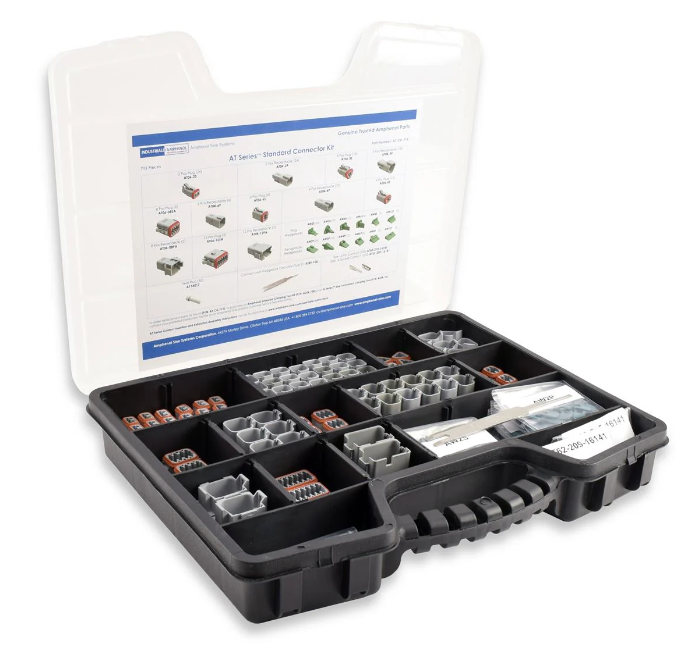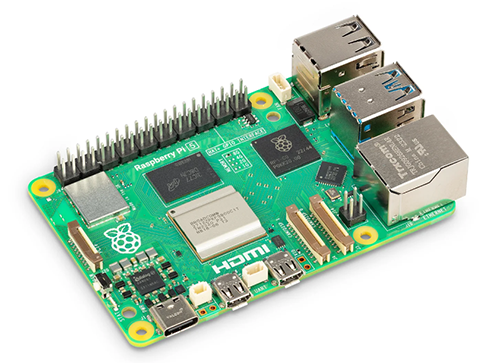 Sensors
Sensors
Engineers torque technology to medics
Medical experts and sports scientists are becoming increasingly reliant on engineers as their disciplines become more and more technical.
NeoMesh sensor modules integrated into smart fridge project
NeoCortec has been working together with its German distributor Endrich Bauelemente to develop a concept for smart fridges.
How e-con Systems’ camera enhances ITS
Intelligent Transport Systems (ITS) are transforming traffic, law enforcement, and road safety management.
Characterising single photon detectors with tuneable IR lasers
Chromacity reports how its tuneable ultrafast infra-red lasers are helping researchers characterise single photon detectors (SPDs), essential devices for applications including quantum key distribution, LiDAR, as well as sensing and characterisation of samples using fluorescence lifetime measurement.
Allegro’s new magnetic current sensor solutions
Allegro has announced the launch of its newest high-power current sensor, the ACS37220, as well as the preliminary release of the leaded magnetic current sensor, the ACS37041.
Goodix unveils automotive Bluetooth LE SoC and CGM solutions at electronica China 2024
Goodix Technology has unveiled its automotive-grade Bluetooth LE SoC and Continuous Glucose Monitoring (CGM) solutions at the electronica China 2024.
Innovative turbulence tech to stabilise aircrafts
Turbulence Solutions has created innovative turbulent technology to ensure aviation safety and efficiency.
Advancing soft electronics and wearable technology
To push the boundaries of soft robotics, skin-integrated electronics, and biomedical devices, researchers at Penn State have developed a 3D-printed material that is both soft and stretchable.
BGE25 encoder with spring connection
EBE sensor + motion is expanding its encoder product range and introducing two new members of the BGE25 family. These are characterised by particularly user-friendly integration, a haptically pleasant magnetic detent and wear-free HALL sensory rotary motion detection.
Infineon and Swoboda working on sensor modules
Infineon Technologies and Swoboda are collaborating to develop and market high-performance current sensor modules for automotive applications.









